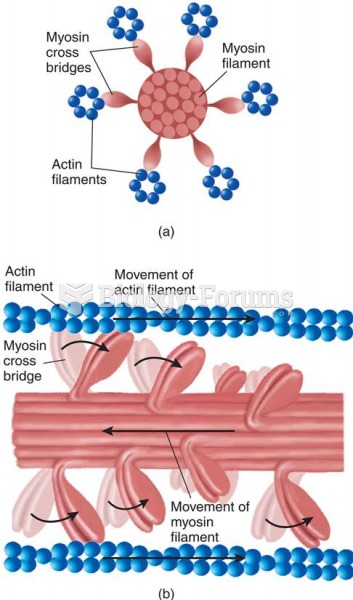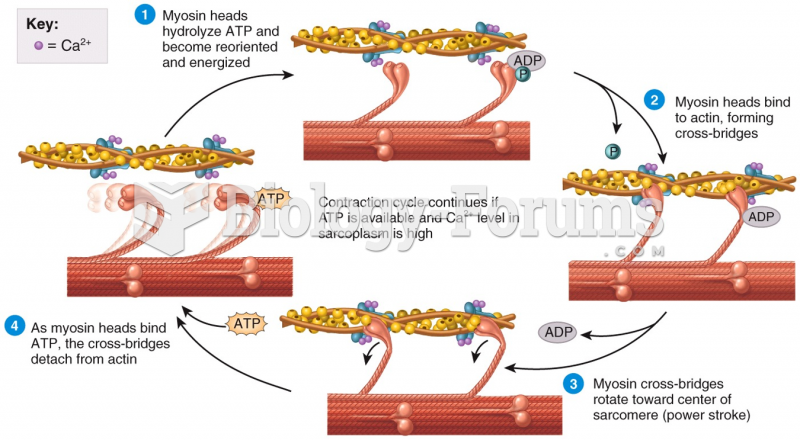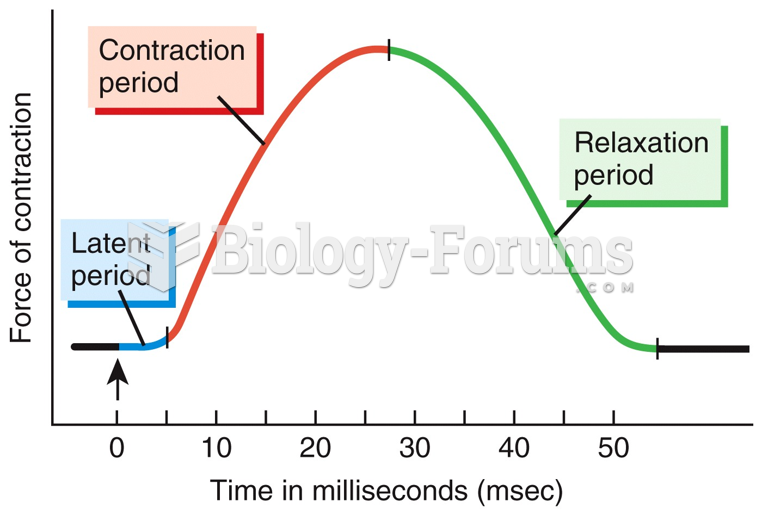|
|
|
Did you know?
The average adult has about 21 square feet of skin.
Did you know?
The horizontal fraction bar was introduced by the Arabs.
Did you know?
The strongest synthetic topical retinoid drug available, tazarotene, is used to treat sun-damaged skin, acne, and psoriasis.
Did you know?
In inpatient settings, adverse drug events account for an estimated one in three of all hospital adverse events. They affect approximately 2 million hospital stays every year, and prolong hospital stays by between one and five days.
Did you know?
The people with the highest levels of LDL are Mexican American males and non-Hispanic black females.







